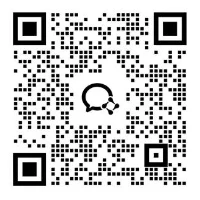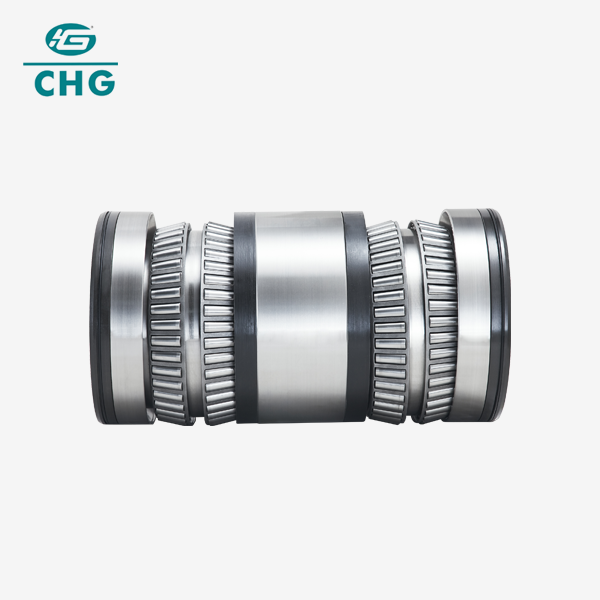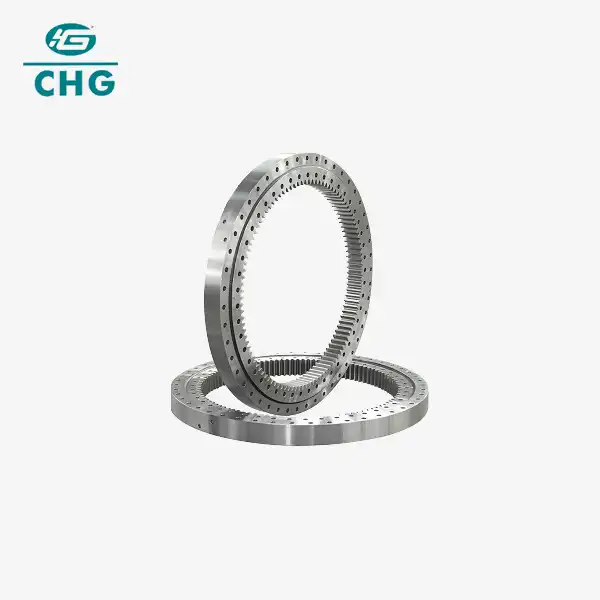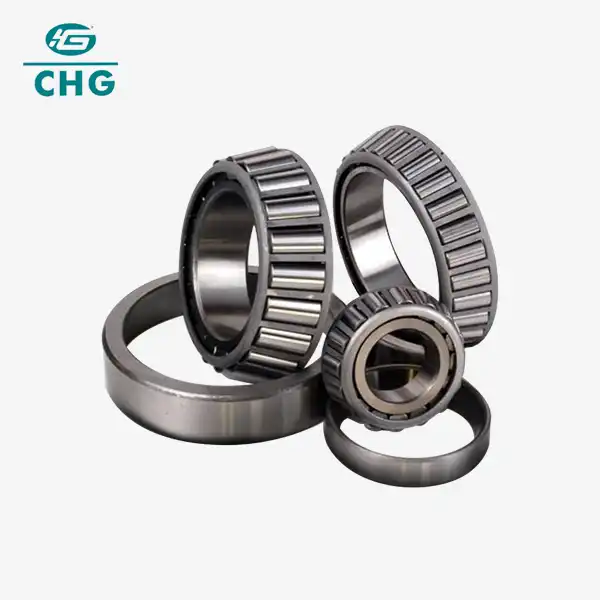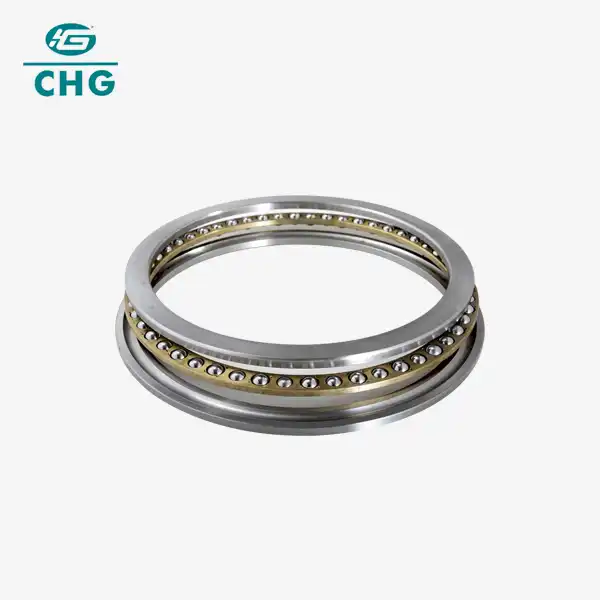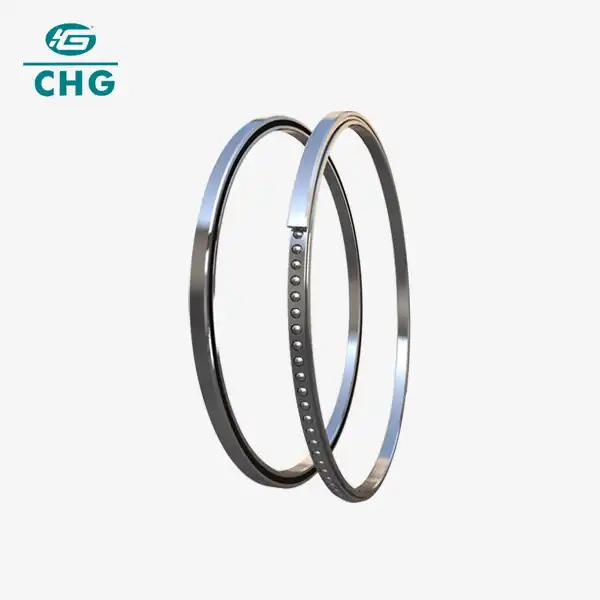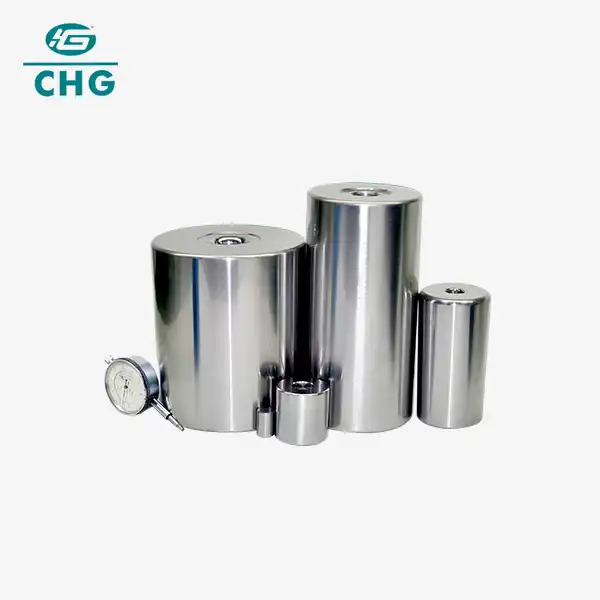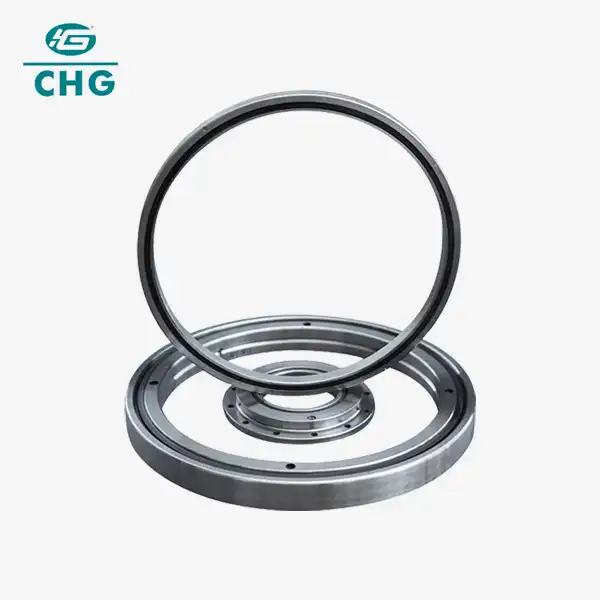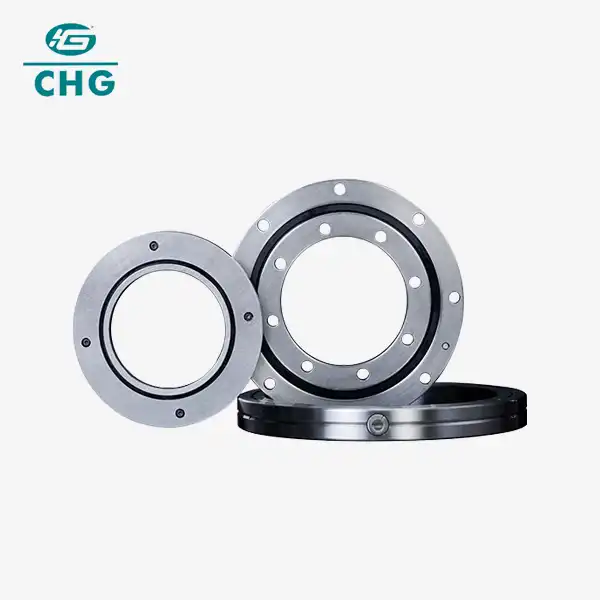What are the Maintenance Procedures for RB Cross Roller Bearings?
RB Cross Roller Bearings are precision components widely used in various industrial applications due to their high load capacity, rigidity, and accuracy. Proper maintenance of these bearings is crucial to ensure optimal performance, longevity, and reliability in machinery and equipment. This blog post will explore the essential maintenance procedures for RB Cross Roller Bearings, providing valuable insights for engineers, maintenance technicians, and equipment operators.
How often should RB Cross Roller Bearings be lubricated?
Proper lubrication is the cornerstone of effective RB Cross Roller Bearing maintenance. The frequency of lubrication depends on several factors, including operating conditions, environment, and bearing specifications. Generally, RB Cross Roller Bearings should be lubricated at regular intervals to maintain optimal performance and prevent premature wear.
For bearings operating under normal conditions, a general guideline is to relubricate every 3 to 6 months. However, this interval may need to be adjusted based on specific application requirements. Bearings operating in harsh environments, high temperatures, or under heavy loads may require more frequent lubrication, possibly as often as every 1 to 3 months.
It's essential to consult the manufacturer's recommendations for your specific RB Cross Roller Bearing model, as they often provide detailed lubrication schedules based on bearing size, operating speed, and load characteristics. Some modern bearings come equipped with automatic lubrication systems or sealed designs that require less frequent manual intervention.
When lubricating RB Cross Roller Bearings, it's crucial to use the correct type and amount of lubricant. Over-lubrication can be just as detrimental as under-lubrication, leading to increased friction, heat generation, and potential seal damage. Most RB Cross Roller Bearings use grease as the primary lubricant, but in some high-speed applications, oil lubrication may be more appropriate.
The lubrication process typically involves cleaning the bearing housing and surrounding area, removing old grease, and applying fresh lubricant through designated grease fittings or ports. It's important to rotate the bearing during lubrication to ensure even distribution of the lubricant across all rolling elements and raceways.
Implementing a lubrication log or digital maintenance tracking system can help ensure consistent adherence to lubrication schedules. This practice not only helps prevent missed lubrication intervals but also provides valuable data for analyzing bearing performance and optimizing maintenance procedures over time.
Regular lubrication checks should be incorporated into routine maintenance inspections. Signs of inadequate lubrication, such as unusual noise, increased vibration, or elevated operating temperatures, should be addressed promptly to prevent bearing damage and potential equipment downtime.
What are the signs of wear in RB Cross Roller Bearings?
Recognizing the signs of wear in RB Cross Roller Bearings is crucial for implementing timely maintenance and preventing catastrophic failures. Early detection of wear can significantly extend bearing life and reduce the risk of unexpected equipment breakdowns.
One of the primary indicators of wear in RB Cross Roller Bearings is increased noise or vibration during operation. As bearings begin to wear, the smooth rolling action of the cross rollers may be compromised, leading to audible changes in sound. This can manifest as a grinding, clicking, or rumbling noise that becomes more pronounced as wear progresses. Vibration analysis tools can detect even subtle changes in bearing performance, making them invaluable for predictive maintenance programs.
Another sign of wear is increased heat generation. As RB Cross Roller Bearings deteriorate, friction between components increases, resulting in higher operating temperatures. Regular temperature monitoring using infrared thermography or built-in temperature sensors can help identify bearings that are running hotter than normal, indicating potential wear issues.
Loss of precision or accuracy in machine movements can also signify wear in RB Cross Roller Bearings. These bearings are often used in applications requiring high precision, such as rotary tables or robotic arms. If operators notice a decrease in positioning accuracy or repeatability, it may be due to worn bearings affecting the overall system performance.
Visual inspection, while sometimes limited by the bearing's location within machinery, can reveal important signs of wear. Look for discoloration of bearing surfaces, which may indicate overheating or lubricant breakdown. Visible scoring, pitting, or flaking on the rolling elements or raceways are clear indicators of advanced wear and typically necessitate bearing replacement.
Changes in lubricant appearance or consistency can also signal bearing wear. If the grease or oil appears darker than normal, contains metal particles, or has a burnt odor, it may indicate that the bearing is experiencing excessive wear or operating under unfavorable conditions.
Monitoring the clearance or preload of RB Cross Roller Bearings can provide insights into their condition. Excessive radial or axial play that wasn't present during initial installation may indicate wear of the rolling elements or raceways. Conversely, a sudden increase in bearing preload could suggest misalignment or uneven wear patterns.
It's important to note that wear in RB Cross Roller Bearings often progresses gradually. Implementing a condition monitoring program that tracks key performance indicators over time can help identify trends and predict when maintenance or replacement will be necessary. This proactive approach allows for planned interventions, minimizing unscheduled downtime and optimizing maintenance resources.
When signs of wear are detected, it's crucial to investigate the root cause. Factors such as inadequate lubrication, misalignment, contamination, or excessive loading can accelerate bearing wear. Addressing these underlying issues is essential for preventing premature failure of replacement bearings and improving overall equipment reliability.
How can contamination be prevented in RB Cross Roller Bearings?
Contamination is a significant threat to the performance and longevity of RB Cross Roller Bearings. Preventing contamination is critical for maintaining bearing integrity and ensuring smooth operation in various industrial applications.
One of the most effective ways to prevent contamination is through proper sealing. RB Cross Roller Bearings should be equipped with high-quality seals or shields appropriate for the operating environment. In dusty or wet conditions, multiple sealing elements may be necessary to provide adequate protection. Labyrinth seals, contact seals, and non-contact seals are common options, each offering different levels of protection against contaminants while considering factors like friction and speed limitations.
Regular inspection and maintenance of seals are crucial. Even the best seals can deteriorate over time due to wear, chemical exposure, or temperature fluctuations. Establishing a routine seal inspection schedule helps identify and replace damaged or worn seals before contaminants can enter the bearing.
Proper handling and storage procedures play a vital role in contamination prevention. RB Cross Roller Bearings should be stored in clean, dry environments and kept in their original packaging until installation. When handling bearings during maintenance or installation, technicians should use clean tools and wear gloves to prevent the transfer of oils, dirt, or other contaminants from their hands.
Implementing clean assembly practices is essential. Work areas should be kept free of dust, metal shavings, and other potential contaminants. Using clean, lint-free cloths and approved cleaning solvents helps ensure that bearing surfaces remain uncontaminated during installation or maintenance procedures.
Filtration of lubricants is another critical aspect of contamination prevention. Whether using grease or oil lubrication systems, ensuring that only clean, filtered lubricants enter the bearing cavity is paramount. In oil lubrication systems, implementing fine filtration with regular filter changes can significantly reduce the ingress of particulate contaminants.
For bearings operating in particularly harsh environments, positive pressurization of the bearing housing can be an effective strategy. By maintaining a slight positive pressure within the bearing enclosure using clean, dry air or inert gas, contaminants are prevented from entering even if seal integrity is compromised.
Regular cleaning of the external surfaces of bearing housings and surrounding areas helps prevent the buildup of contaminants that could eventually find their way into the bearing. This is particularly important in environments with high levels of airborne particulates or moisture.
Education and training of maintenance personnel and machine operators are crucial for effective contamination prevention. Ensuring that all staff understand the importance of cleanliness and proper handling procedures creates a culture of care around bearing maintenance.
Implementing contamination monitoring techniques can provide early warning of seal failures or other issues. This can include periodic oil analysis to check for the presence of contaminants, or the use of magnetic plugs in lubrication systems to capture and monitor metallic particles.
When performing maintenance or repairs on equipment containing RB Cross Roller Bearings, it's important to protect the bearings from environmental contamination. This may involve using temporary covers or seals during maintenance procedures to shield bearings from dust, moisture, or debris.
By implementing a comprehensive contamination prevention strategy, the life and performance of RB Cross Roller Bearings can be significantly extended, reducing maintenance costs and improving overall equipment reliability.
Luoyang Huigong Bearing Technology Co., Ltd. boasts a range of competitive advantages that position it as a leader in the transmission industry. Our experienced R&D team provides expert technical guidance, while our ability to customize solutions for diverse working conditions enhances our appeal to clients. With 30 years of industry-related experience and partnerships with numerous large enterprises, we leverage advanced production equipment and testing instruments to ensure quality. Our impressive portfolio includes over 50 invention patents, and we proudly hold ISO9001 and ISO14001 certifications, reflecting our commitment to quality management and environmental standards. Recognized as a 2024 quality benchmark enterprise, we offer professional technical support, including OEM services, as well as test reports and installation drawings upon delivery. Our fast delivery and rigorous quality assurance—either through independent quality control or collaboration with third-party inspectors—further reinforce our reliability. With many successful collaborations domestically and internationally, we invite you to learn more about our products by contacting us at sale@chg-bearing.com or calling our hotline at +86-0379-65793878.
References:
1. SKF Group. (2021). "Rolling bearings." SKF Bearing Maintenance Handbook.
2. NSK Ltd. (2020). "Maintenance of Bearings." NSK Technical Report.
3. Timken Company. (2019). "Bearing Maintenance Practices." Timken Engineering Manual.
4. IKO International, Inc. (2022). "Crossed Roller Bearings Maintenance Guide."
5. NTN Corporation. (2021). "Bearing Lubrication and Maintenance." NTN Technical Review.
6. Schaeffler Technologies AG & Co. KG. (2020). "FAG Rolling Bearing Lubrication." Schaeffler Technical Guide.
7. JTEKT Corporation. (2023). "Koyo Bearing Maintenance Manual."
8. THK Co., Ltd. (2022). "Maintenance of Cross-Roller Rings." THK Technical Support.
9. American Bearing Manufacturers Association. (2021). "Bearing Reliability Maintenance Practices."
10. Noria Corporation. (2023). "Best Practices for Bearing Lubrication and Contamination Control." Machinery Lubrication Magazine.
